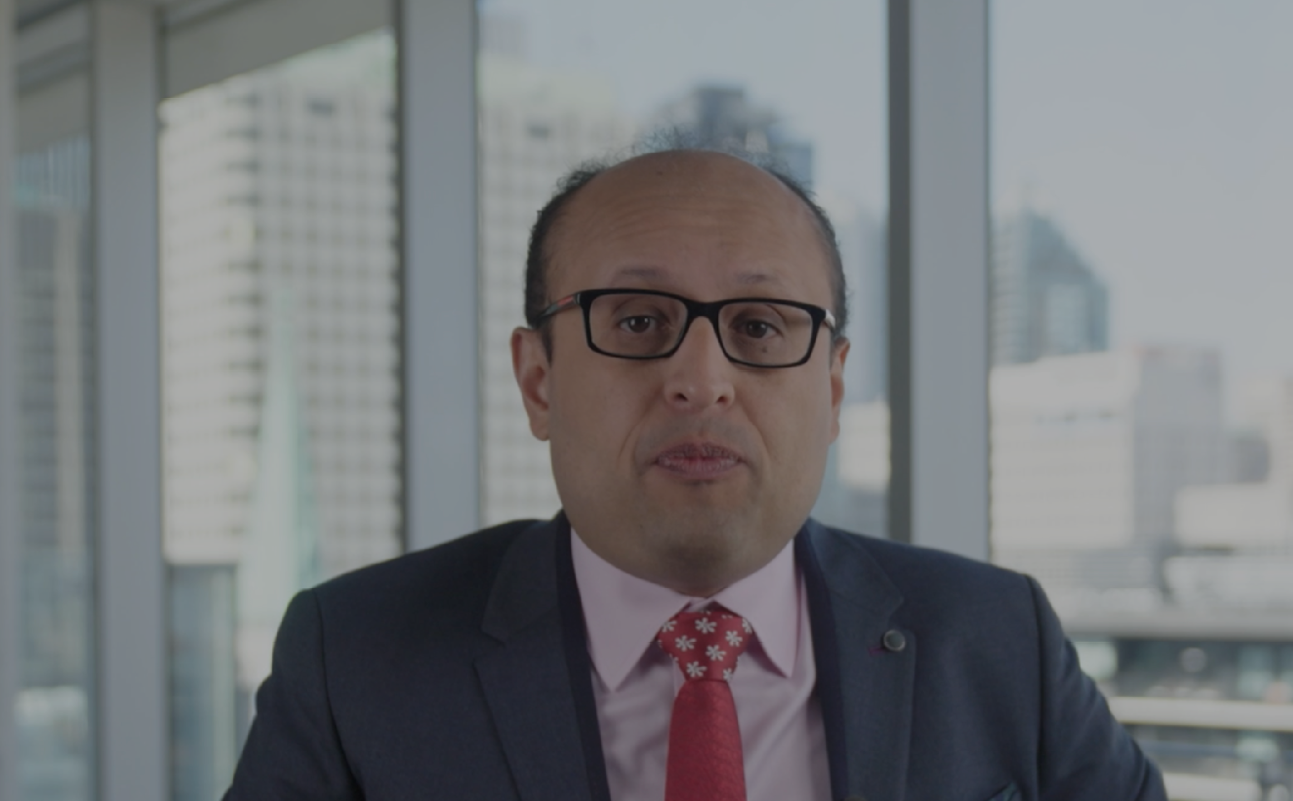
VWD AND DENTISTRY
Patients with bleeding disorders such as haemophilia or von Willebrand disease (VWD) are at increased risk of oral bleeding, including during routine dental care.1,2 Bleeding may occur even after teeth brushing or flossing, and fear of bleeding may prevent patients from maintaining good oral hygiene and visiting their dentist regularly.2-4 Even patients who visit their dental care provider may feel apprehensive about dental procedures due to previous bad experiences, or concerns that they may not be treated.4 Moreover, many patients with VWD are undiagnosed and unaware that their bleeding is not normal.5

The risk of bleeding and the resulting anxiety contribute to poor dental health in children and adolescents with bleeding disorders.2 Without adequate education and treatment, these patients may enter a vicious cycle of frequent gum bleeds, neglected dental care and deteriorating oral health.3 To protect their oral health and quality of life, these patients and their caregivers strongly depend on a trusted dental care provider who provides them with education on preventive care and ensures regular check-ups.
The role of dental care providers
As a dental care provider, you are in a unique position to help identify patients who may benefit from further diagnostic evaluation for a bleeding disorder. For many people, visits to their local dentist are the only regular contact with their local healthcare system.2 Moreover, a tooth extraction may often be the first surgery – and thus major haemostatic challenge – for many patients. Hence, excessive bleeding during or after such a procedure may be the first opportunity for the diagnosis of an unrecognised bleeding disorder.
Diagnosing VWD remains a challenging task due to lack of awareness and the complexity of the diagnostic work-up.5 If you recently observed unexpected bleeding in one of your patients, we recommend that you perform our bleeding test with your patient. The test will show whether further investigations are indicated – and could change your patient’s life!
As patients with bleeding disorders may avoid dental check-ups due to fear of bleeding, regular follow-up visits should be encouraged to protect the patients’ oral health and quality of life.4 For dental practitioners who wish to treat patients with bleeding disorders, management recommendations are available.3,6 Generally, dental management of patients with VWD is similar to that of haemophilia patients.3 The majority of routine non-surgical treatment can be provided in general dental practice after consultation with a haematologist, especially in patients with mild VWD.3 Only treatment of patients with moderate or severe disease and invasive dental work should be carried out in a hospital setting and according to a treatment plan.3,6
To find the closest haemophilia treatment centre, please click here. VWDtest.com also offers further information about the aetiology, diagnosis and management of VWD, as well as insight into the typical journey of patients with VWD.
References
- de Wee EM, et al. Thromb Haemost 2012; 108:683-92.
- Brown MC et al. Haemophilia 2022; 28:73-9.
- Anderson JAM et al. Br Dent J 2013; 215:497-504.
- Kalsi H et al. Haemophilia 2012; 18:510-5.
- Corrales-Medina FF et al. Blood Rev 2023; 58:101018.
- WFH guidelines for dental treatment of patients with inherited bleeding disorders; https://elearning.wfh.org/resource/guidelines-for-dental-treatment-of-patients-with-inherited-bleeding-disorders/; last accessed Nov 2022.
